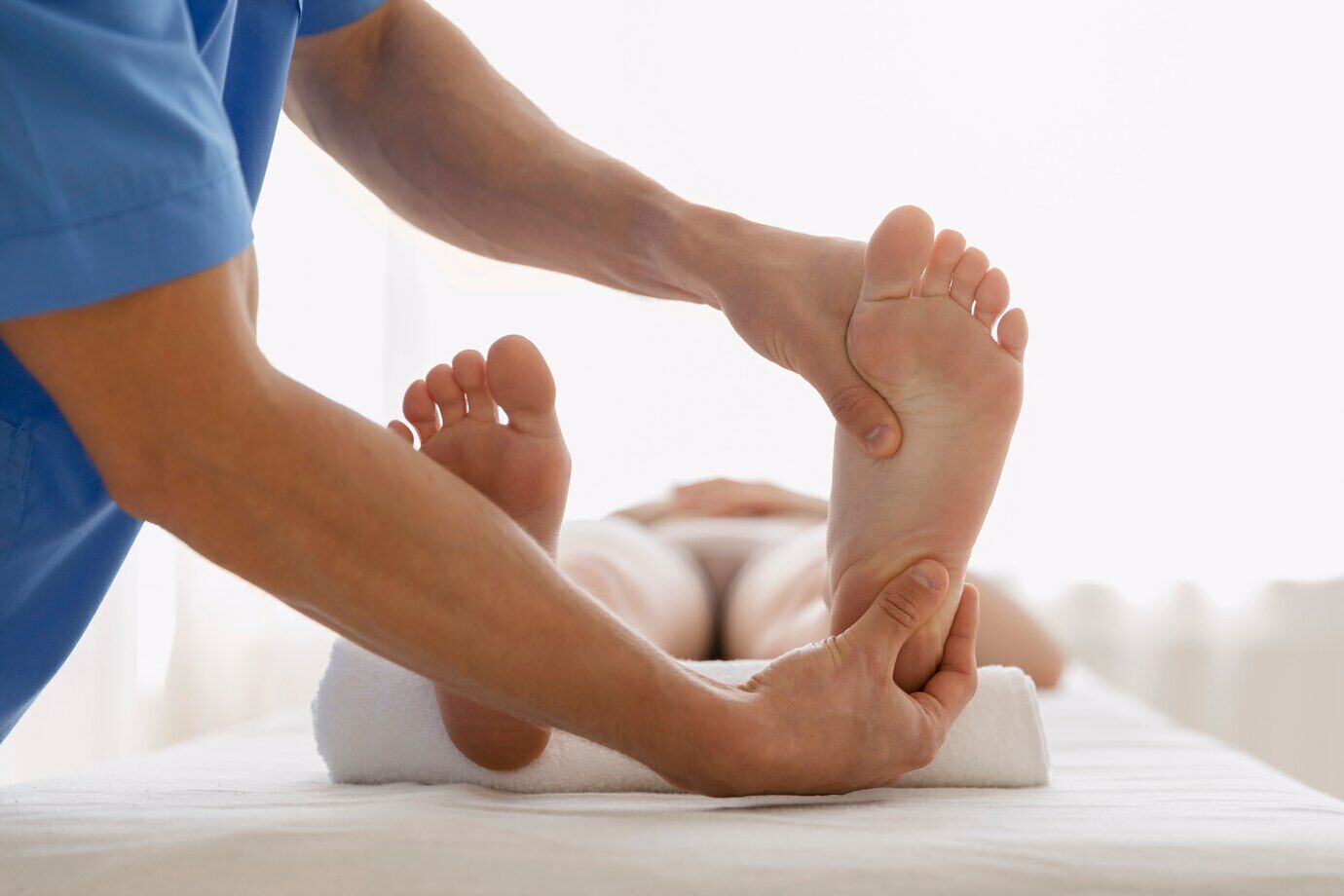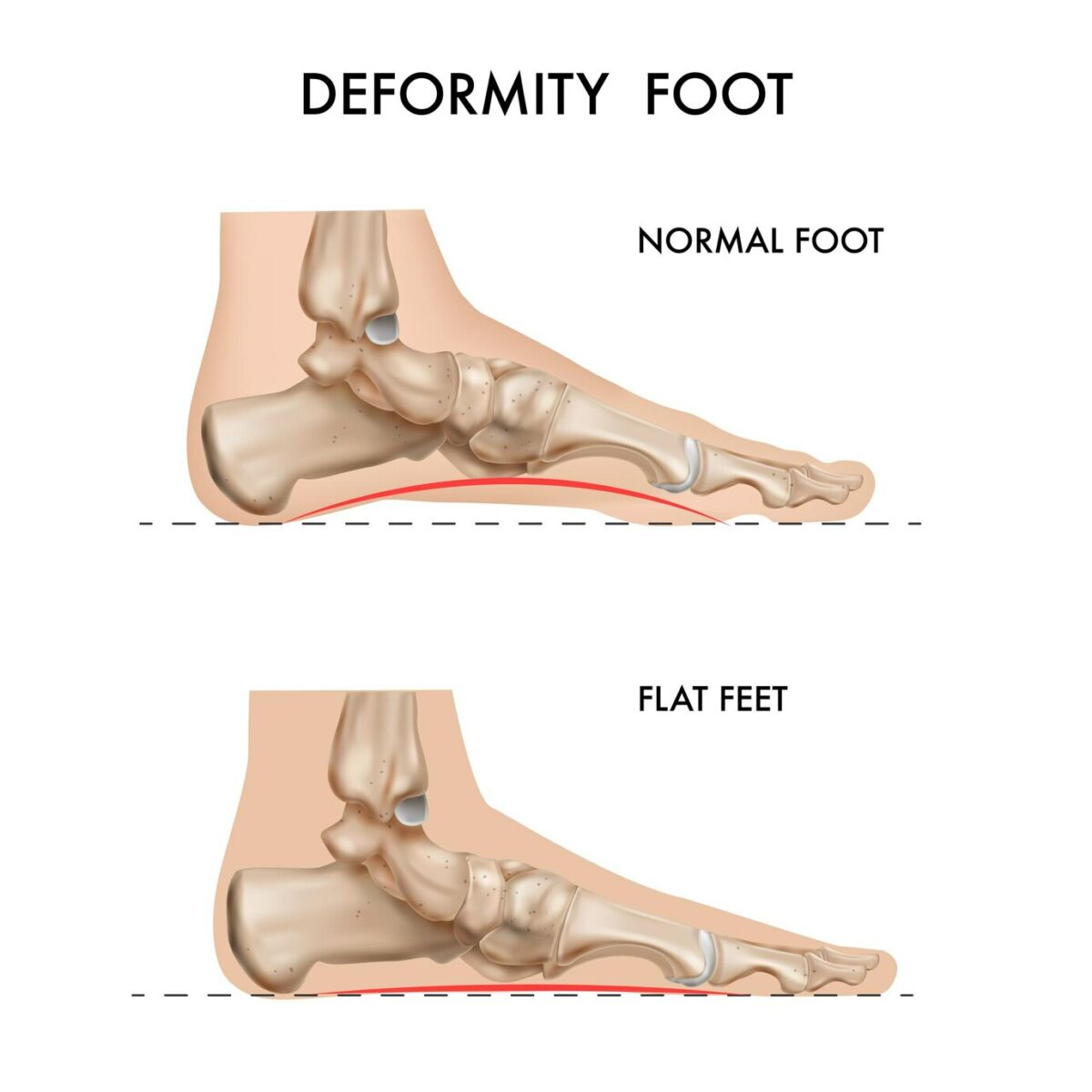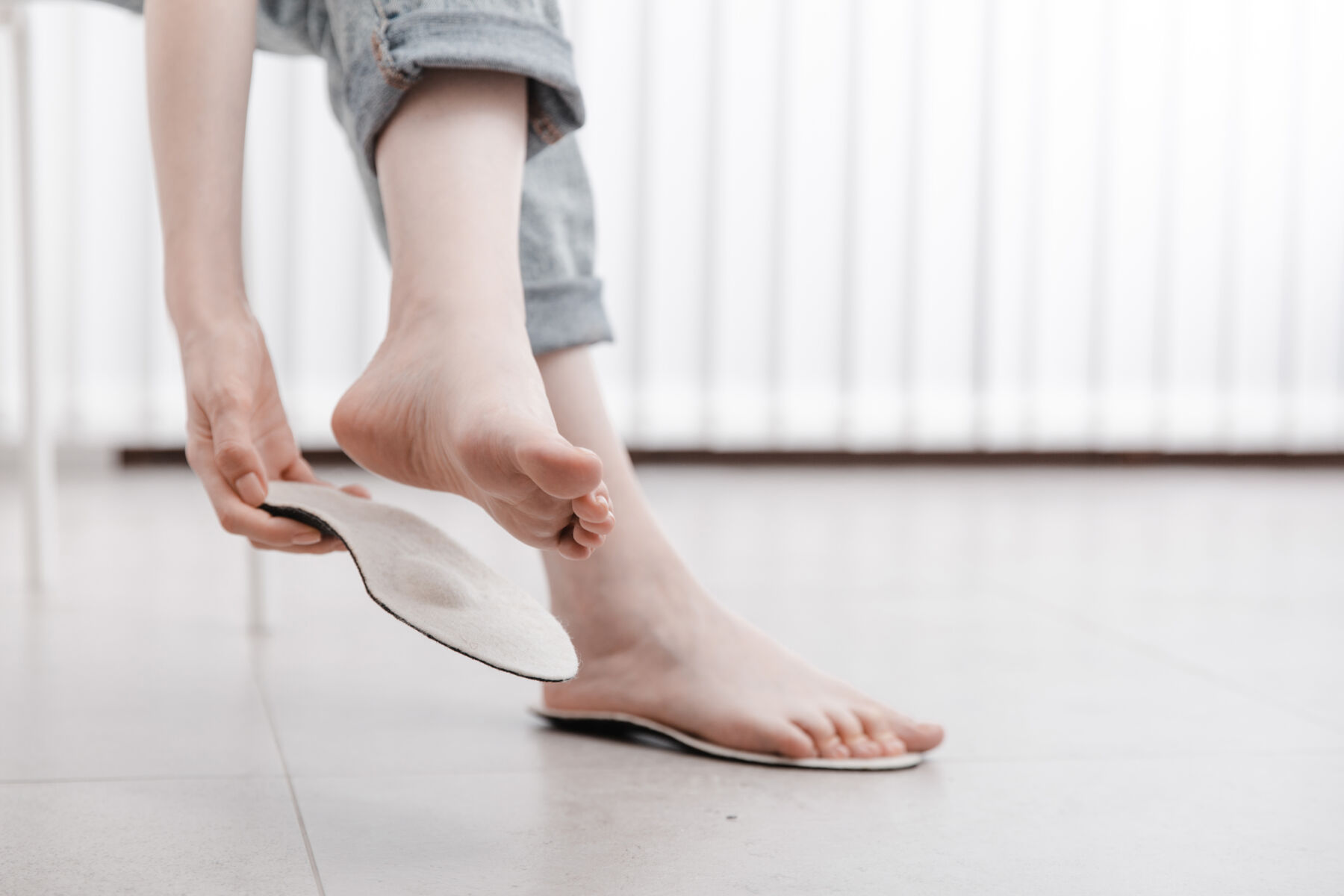Can flat feet cause health problems? Here’s what an expert at MedPark Hospital says

Flat feet, also known as pes planus or fallen arches, might not sound like a big deal, but they can actually be the source of some unexpected health issues. Think about it. Your feet are your body’s foundation. With every step, they absorb shock, distribute your weight, and keep you balanced. When that foundation isn’t quite right, the rest of your body can feel the strain. From sore knees to aching backs, the effects of flat feet can ripple through your daily life.
In a lot of cases, flat feet can affect everything from your posture to your ability to move comfortably, Dr Krit Prugsawan, an orthopaedic surgeon specialising in foot and ankle surgery at MedPark Hospital in Bangkok, tells The Thaiger. “The effects can be subtle at first but may lead to long-term health problems if left untreated,” he explains.
So, how exactly do flat feet cause these issues? And what can you do about it? Let’s take a closer look.
What are flat feet?

Flat feet refer to a common condition where the arches on the inside of the feet lie fully flat on the ground when pressure is put on them. It can occur on one or both feet.
“When someone with flat feet stands, the arch flattens out, and the whole foot makes contact with the ground. But when they sit, you might notice a small gap or arch,” says Dr Krit.
There are two main types of flat feet. Flexible Flat Feet is the most common. When you have this type of flat feet, the arch is visible when your foot is at rest but disappears when you stand or bear weight. This type often begins in childhood and may persist into adulthood.
The second type is known as Rigid Flat Feet. In this case, the arch is absent even when the food is at rest. This condition can be more painful and is often associated with underlying structural deformities.
Who gets flat feet, and what causes it?
Flat feet can occur at different stages of life. Having flat feet is normal for babies and young children because their bones and joints are still very flexible. “All children are born with flat feet,” he explains. “By the time they turn 10, the arch usually develops. However, if a child over 10 still has no visible arch, it’s considered a flatfoot deformity. The condition is called Paediatric Flatfoot Deformity.”
Flat feet can also arise later in life when an adult’s arches collapse over time. Known as Progressive Collapsing Foot Deformity (PCFD), this condition typically occurs around age 55.
While the exact cause isn’t always clear, Dr Krit mentions that genetics, family history, being obese, medical conditions like diabetes or hypertension, and even injuries to the foot or ankle can all contribute to the development of flat feet. In addition, the natural ageing process can also weaken the tendons and ligaments in the foot, particularly the posterior tibial tendon, which plays a major role in supporting the arch.
What are the symptoms of flat feet?
For some, flat feet are a minor quirk with little to no symptoms. For others, it can lead to significant discomfort and even chronic health issues.
“The most common complaint is pain on the inside of the foot,” says Dr Krit. This occurs because the body’s weight distribution shifts inward, causing stress on the medial side of the foot. As the condition progresses, pain may spread to the ankle, calf muscles, and even the outer edge of the foot.
Some people also experience swelling, tightness in the Achilles tendon, or discomfort after walking or standing for long periods. Beyond the feet, flat feet can trigger a chain reaction throughout the body. “It’s not just about the feet,” Dr Krit emphasises. “Flat feet can alter posture, causing knee, hip, pelvic, and lower back pain as the biomechanics of movement change.”
How flat feet affect the body
The feet serve as the foundation for the body. When the arches collapse, it can disrupt the alignment of the entire musculoskeletal system.
“Flat feet cause the ankle to roll inward, a condition known as overpronation. This shifts the alignment of the knees and pelvis, which can lead to compensatory movements and stress on other joints,” explains Dr Krit.
Here’s how the domino effect works:
- Overpronation: The ankle tilts inward due to the collapsed arch.
- Knee misalignment: The inward tilt of the ankle pulls the knees inward, increasing strain on the inner knee joint.
- Hip and pelvic strain: The altered posture at the knees forces the pelvis to adjust, which may result in hip discomfort.
- Back pain: The cumulative misalignment can result in stress on the lower back, especially during high-impact activities.
What happens if flat feet go untreated?

According to Dr Krit, flat feet can worsen over time, leading to more severe health problems. Flat feet often start as flexible and then become rigid.
“Rigid flat feet are more difficult to treat and often lead to permanent damage to the bones and joints in the foot,” says Dr Krit. This can make daily activities and even walking painful, significantly impacting quality of life.
Therefore, it’s wise to consult a specialist even if your flat feet aren’t causing pain. “The best treatment is prevention,” Dr Krit advises. Seeing a doctor early can help you understand the condition and prevent it from worsening. A specialist can recommend simple interventions like weight management and lifestyle changes. They may also advise you to get custom insoles, which help support the arch and redistribute pressure more evenly across the foot.
“Insoles can reduce pain and delay the progression of the condition,” says Dr Krit. However, he adds a caveat: “They won’t restore the foot to its original shape. Surgery is the only way to fully correct the deformity.”
When you visit MedPark Hospital in Bangkok to have your flat feet diagnosed, you may need to undergo one or a combination of physical examinations and imaging tests, such as X-rays, CT scans, or MRIs.
How does MedPark Hospital Bangkok treat flat feet?
Treatment depends on the severity of the condition and whether symptoms are present. Dr Krit explains, “Flat feet aren’t just about the arch collapsing. The condition also affects the rearfoot and forefoot, making it a three-dimensional deformity. This complexity means that treatment must be tailored to each individual.”
For mild cases, treatment focuses on practical, manageable changes. Physical therapy, lifestyle adjustments, and maintaining a healthy weight are key to easing discomfort and preventing the condition from getting worse. Swapping out high-impact workouts like running for gentler, low-impact options such as swimming or cycling, for example, can make a world of difference. Physical therapy also helps by strengthening the foot muscles and improving flexibility.
For severe or persistent cases, surgery may be an option. MedPark offers both minimally invasive and standard surgical procedures to correct the deformity. “The earlier we intervene, the simpler the surgery.
“For patients who see us early, especially children, we can often correct the problem with a small, one centimetre incision,” Dr Krit says.
Recovery times after surgery vary. Minimally invasive procedures typically allow patients to walk within six weeks and resume normal activities after three months. Physical therapy plays a crucial role in helping patients regain strength and mobility.
Dr Krit assures patients that the results are worth the effort. “Many patients worry they won’t walk normally again, but I can guarantee they will walk better than before.”
Don’t ignore your flat feet, go see a doctor today
Dr Krit has one key piece of advice: don’t ignore flat feet. By addressing the issue early, you can avoid long-term complications and improve your quality of life. “See a doctor to understand the condition and how to manage it,” he urges.
If your feet have been giving you trouble, or even if you just want peace of mind, schedule a consultation at MedPark Hospital through their website or complete the form below.
Do you have a suspicious mole? Find out why you should get your moles checked by a dermatologist.
Sponsored
Latest Thailand News
Follow The Thaiger on Google News:


























